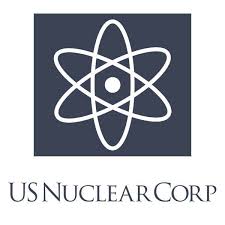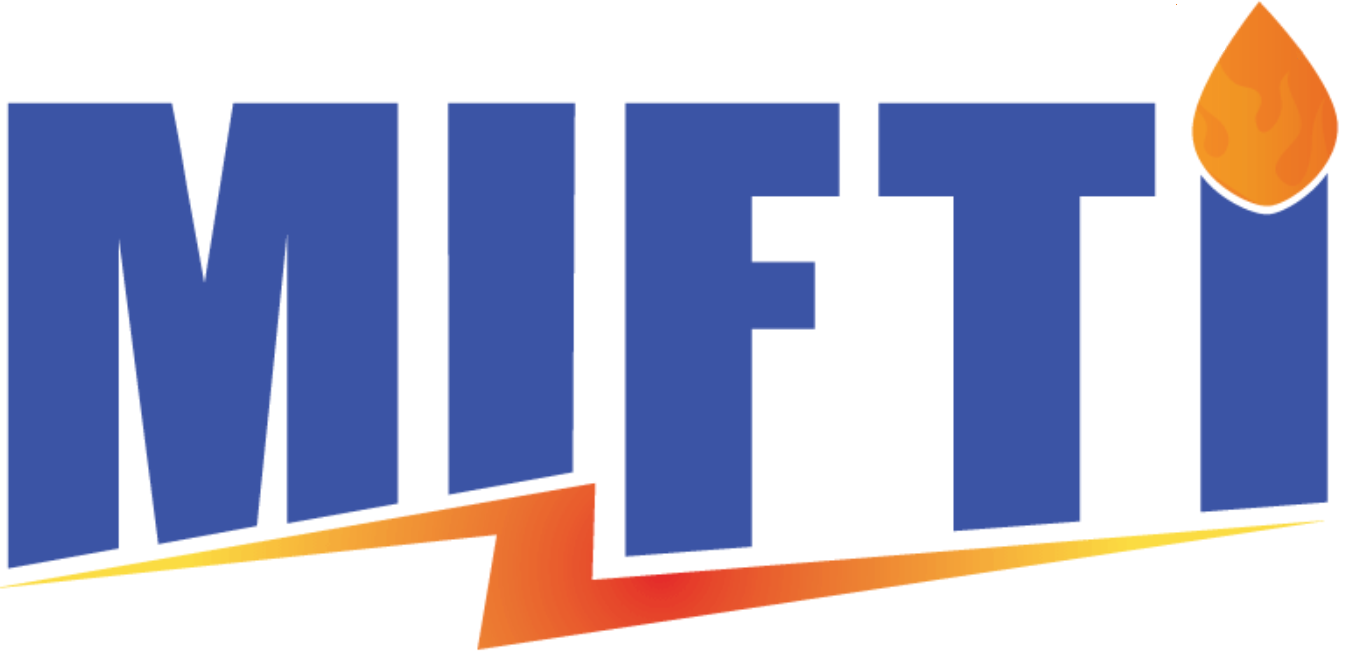I have blogged before about the possibility of a shortage of critical radioisotopes used for diagnosis and treatment. After the shutdown of a Canadian nuclear reactor in late 2016 which had provided a major share of radioisotopes for medical applications, the National Academies of Sciences, Engineering, and Medicine produced a report warning of a potential shortage of such isotopes as Molybdenum-99 (Mo-99) and Technetium-99m (Tc-99m) which are used for nuclear imaging. The current global market for these isotopes is nearly ten billion dollars. It is estimated that by 2021, the market for them will grow to around seventeen billion dollars.
Anticipating the future shortage of medical radioisotopes and concerned about possible terrorist capture of uranium being shipped to other countries for processing, in 2013, the Obama Administration signed legislation to encourage private industry to work on solving the medical isotope supply problem. SHINE Medical Technologies is building a one hundred million dollar plant to produce medical isotopes in Janesville, Wisconsin. The U.S. government is providing twenty-five million for the SHINE plant. NorthStar Medical Radioisotopes in Beloit, Wisconsin is getting fifty million dollars of federal money under this program.
SHINE has designed eight particle accelerators for the Janesville plant. The NRC approved construction of the Janesville plant in 2016. SHINE and Northstar both face the problem of raising a lot of private capital to move forward with their plans. One problem with the SHINE and Northstar projects is that they are planning on using old nuclear fission technology such as nuclear reactors or very expensive particle accelerators to produce the neutron flux needed for the generation of the medical radioisotopes.
Magneto-Inertial Fusion Technologies, Inc. (MIFTI) is a company that is working on nuclear fusion. MIFTI has received recognition and awards from the U.S. Department of Energy for its innovative approach to nuclear fusion research. MIFTI is a pioneer in the development of ZETA pinch plasma confinement. While their ZETA pinch nuclear fusion device has not yet been able to produce a sustained fusion reaction, it does produce a lot of neutron which are just what is needed for the production of medical radioisotopes. A compact and high powered ZETA pinch fusion reactor is currently being designed for MIFTI.
U.S. Nuclear Corporation is a company “…specializing in the development and manufacturing of radiation detection instrumentation.” They have signed an agreement with MIFTEC, a subsidiary of MIFTI, to build MIFTI ZETA pinch fusion reactors for the production of medical radioisotopes.
Potential problems for the production and deployment of ZETA pinch technology for medical radioisotope production include the following: First and foremost, the technology must be proven in a real-world commercial environment. Second, the management of these two companies must find sufficient private funding to bring a product to market. Third, while regulations could be an impediment, the MIFTI approach only uses tritium extracted from seawater. Without any uranium being involved, it should be easy enough to get regulatory approval.
U.S. Nuclear and MIFTEC believe that if everything goes according to their plan, they should have a working medical isotope machine producing commercial quantities within the next twenty-four months.

